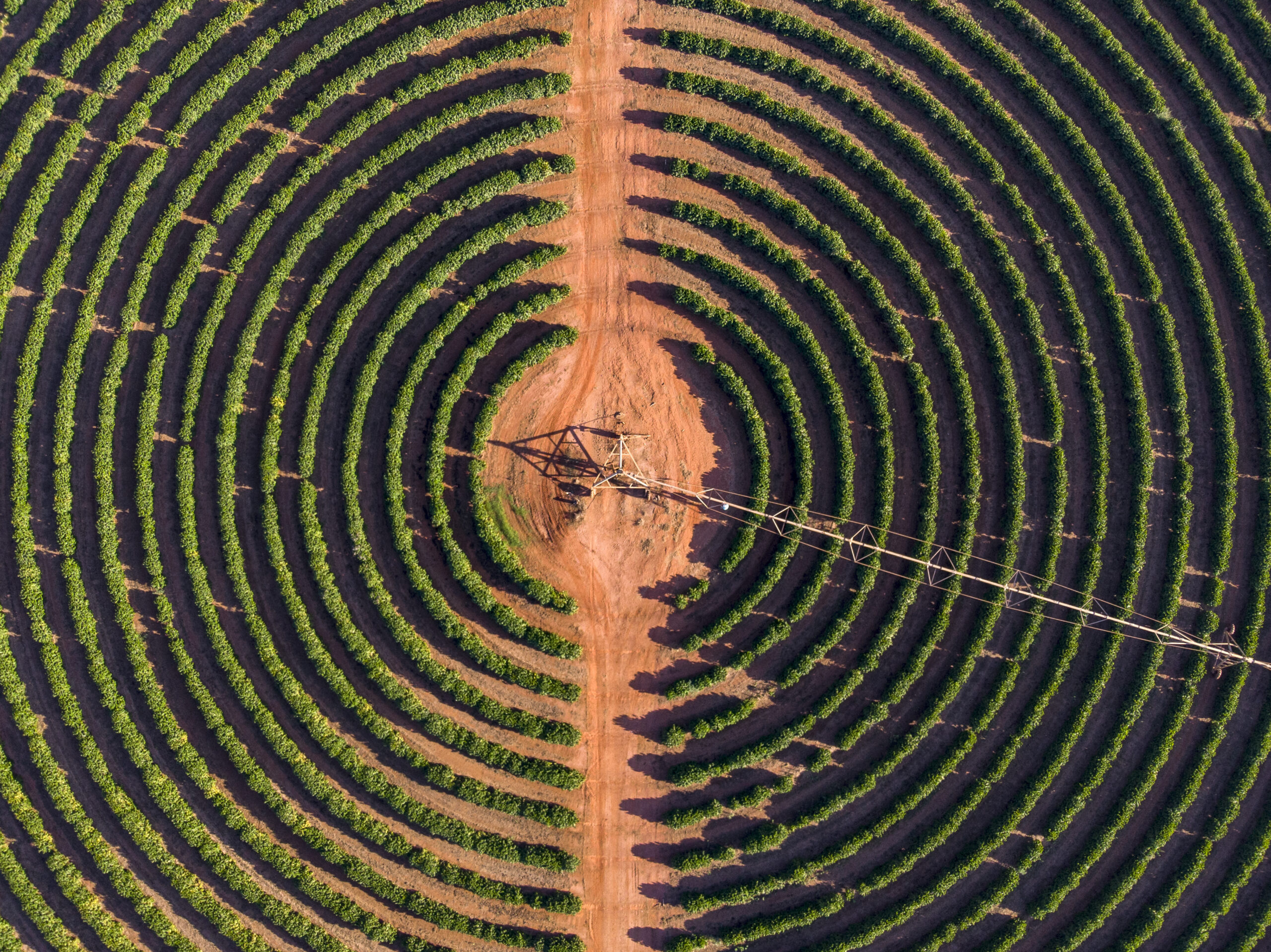W
ater is vital to Texas agriculture, with irrigation consuming the most water. Even as cities and industry grow, irrigation still dominates state water use, shaped by Texas’s diverse climate.
Texas is divided into ten climate zones by the National Climatic Data Center, grouped by temperature, rainfall, vegetation, humidity, and seasonal patterns. Averaging data within each zone clarifies long‑term trends. Annual rainfall ranges from just over 12.5 in. in the Trans‑Pecos to more than 54 in. along the Upper Coast and in East Texas. Central and western zones—Edwards Plateau, Southern, High Plains—receive 19–25 in., making irrigation essential. The coefficient of variation (CV) shows rainfall unpredictability; the Trans‑Pecos has the highest CV (0.34), followed by the High Plains, while North Central, East Texas, and Upper Coast have lower CVs (~0.24), reducing typical irrigation pressure but still vulnerable to drought.
These rainfall patterns match agricultural practices. West and South Texas, with low, variable rainfall, rely on irrigation for drought‑tolerant crops like cotton and livestock grazing. East Texas and the Upper Coast, with higher, steadier rainfall, support rain‑fed crops, timber, and intensive livestock due to reliable pasture growth.
From 2010‑22, two severe droughts occurred, notably 2011 when 96 % of Texas was dry and 45 % faced “exceptional drought.” Groundwater supplied 73 % of irrigation that year. Between 2012‑14, groundwater use rose to 83 % in 2013 as surface water was scarce. In 2016, drought was minimal; groundwater use fell to 76 % while surface water rose to 23 %. By 2022, 77 % of the state was at least moderately dry, and groundwater accounted for 78 % of irrigation.
Efficiency—economic value per acre‑foot—has improved. In 2010, irrigation yielded $1,180 per acre‑foot; by 2022, it reached $1,713. The sharp jump from 2020 to 2022 (from $879 to $1,713) reflects water‑saving tech and drought pressure. Livestock efficiency also grew from $29,275 to $60,029 per acre‑foot. Livestock gains outpace irrigation improvements.
The Texas Water Development Board’s 2022 State Water Plan projects a gradual decline in irrigation demand over coming decades, driven by better efficiency, reduced groundwater availability, and higher pumping costs. Surface water may drop ~2 % from sedimentation; groundwater could fall 32 % between 2020 and 2070 due to managed depletion of the Ogallala Aquifer and Gulf Coast limits. Despite demand reductions, irrigation will still face the largest unmet water needs. Texas’s varied climate creates stark regional differences; efficiency gains help but are insufficient alone. Meeting future agricultural water demands will require continued efficiency, new technologies, proactive policies, and coordinated regional management.













